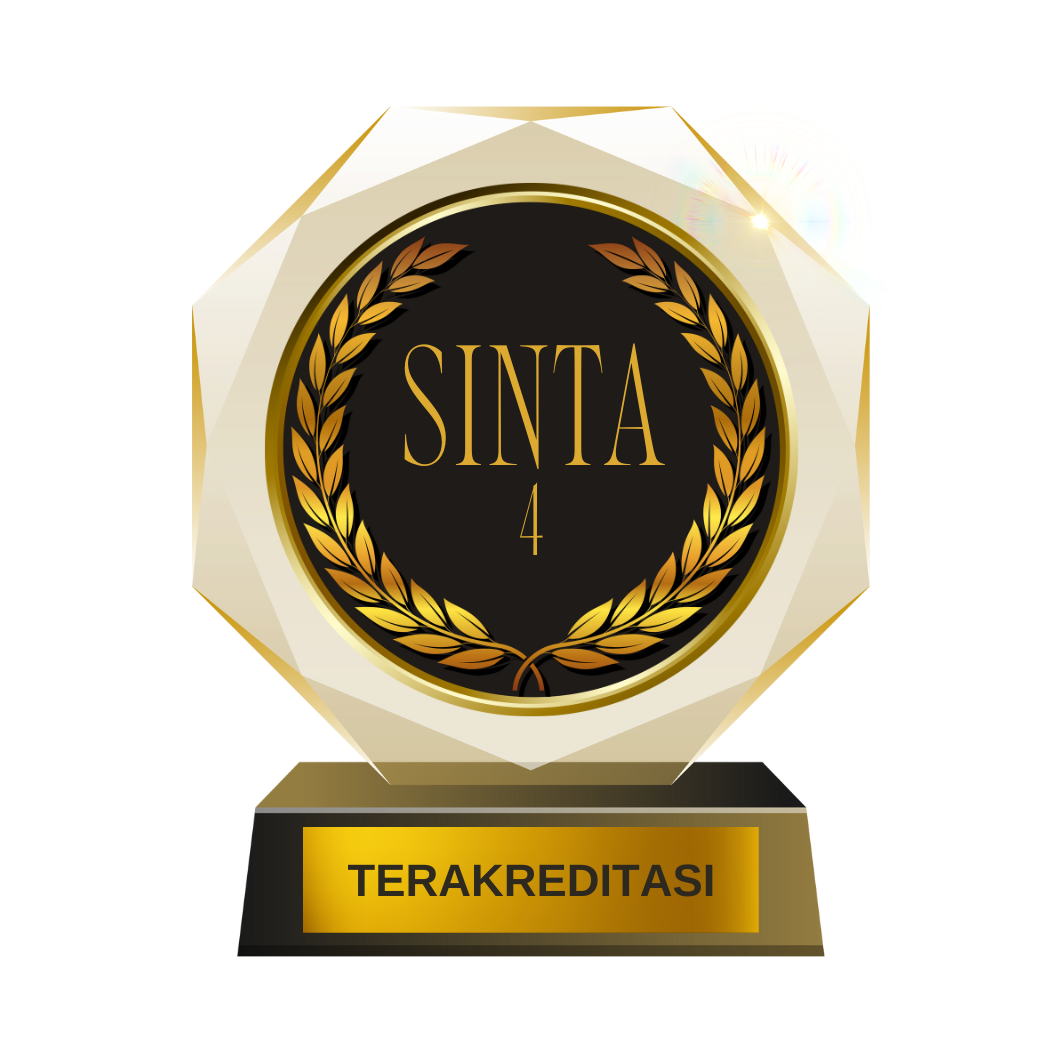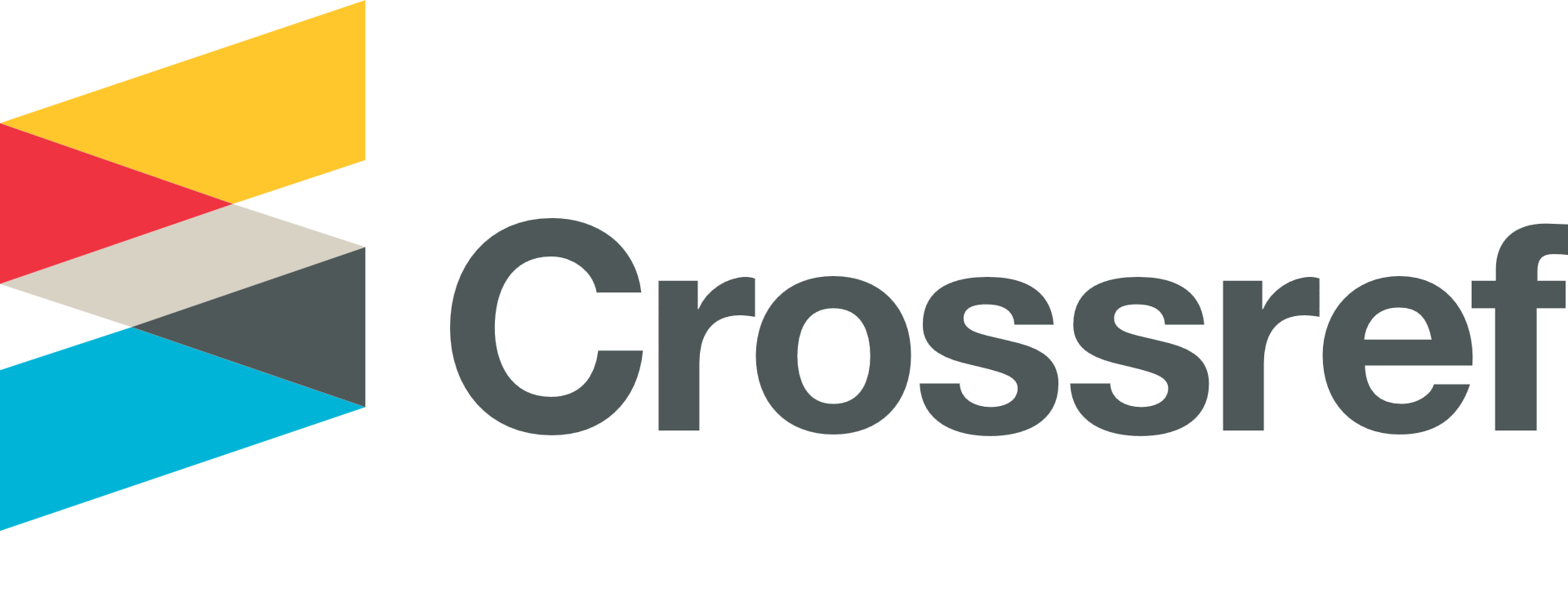Prediction of Physico-Chemical Characteristics in Batu Tangerine 55 Based on Reflectance-Fluorescence Computer Vision
DOI:
https://doi.org/10.52985/insyst.v6i1.363Keywords:
Brix/Acid ratio, Machine Learning, PLS, TangerineAbstract
Oranges (Citrus sp.) are one of the most abundant agricultural commodities in Indonesia. One of the popular local citruses is Batu Tangerine 55. Harvesting tangerines begins 252 days after the flowers bloom. Conventionally, we still determine the level of maturity by observing the color, shape, and hardness. The results of manual grouping tend to be subjective and less accurate. Destructive testing could be carried out and provide objective results; however, it would require sampling and damaging the fruits. Computer vision could be used to evaluate the maturity level of the fruit non-destructively. Dual imaging computer vision, i.e., reflectance-fluorescence mode, could be used to enhance the accuracy of the prediction. This study aims to develop a classification model and predict the physico-chemical characteristics of Batu Tangerine 55. Destructive testing is still being carried out to determine the value of TPT, the degree of acidity, and the firmness of the fruit. Non-destructive testing was carried out to obtain reflectance and fluorescence images. Once we obtain the destructive and non-destructive data, we will incorporate them into the classification and prediction models. The machine learning method for maturity classification uses three models, namely KNN, SVM, and Random Forest. The best results on the reflectance data (RGB) SVM model resulted in an accuracy of 1 for training data and 0.97 for testing data. The maturity parameter prediction method uses the PLS method. The best results for the predicted Brix/Acidity ratio R2 parameter are 0.81 and RMSE 3.4.
References
A. Ashari, E. Nurcahyani, H. I. Qudus, and Zulkifli, “Analisis Kandungan Prolin Planlet Jeruk Keprok Batu 55 (Citrus reticula blanco Var. Crenatifolia) Setelah Diinduksi Larutan Atonik Dalam Kondisi Cekaman Kekeringan Secara In Vitro,” Analit: Analytical and Environmental Chemistry, vol. 3, no. 1, pp. 69-78, 2018.
I. Ifmalinda, K. Fahmy, and E. Fitria, “Prediction of Siam Gunung Omeh Citrus Fruit (Citrus Nobilis Var Microcarpa) Maturity Using Image Processing,” Jurnal Keteknikan Pertanian, vol. 6, no. 3, pp. 335–342, Dec. 01, 2018. Doi: 10.19028/jtep.06.3.335-342.
I Kadek Riastana, Ni Komang Alit Astiari, and Ni Putu Anom Sulistiawati, “Kualitas Buah Jeruk Siam (Citrus nobillis var microcarva L) Selama Penyimpanan Pada Berbagai Tingkat Kematangan Buah,” GA, vol. 24, no. 1, pp. 22-28, Apr. 2020.
M. G. Lieka, R. Poerwanto, and D. Efendi, “Aplikasi Ethephon dan Stiker Pascapanen untuk Perbaikan Kualitas Buah Jeruk Siam Garut (Citrus nobilis Lour),” Comm. Horticulturae Journal, vol. 2, no. 2, p. 1, Dec. 11, 2018. Doi: 10.29244/chj.2.2.1-10.
R. K. Haba and K. C. Pelangi, “Pengelompokan Buah Jeruk menggunakan Naïve Bayes dan Gray Level Co-occurrence Matrix,” ILKOM Jurnal Ilmiah, vol. 12, no. 1, pp. 17–24, Apr. 26, 2020. Doi: 10.33096/ilkom.v12i1.494.17-24.
A. Zakiyyah , Z. Hanif , D. W. Indriani , Z. Iqbal , R. Damayanti , D. F. Al Riza , “Characterization and Classification of Citrus reticulata var. Keprok Batu 55 Using Image Processing and Artificial Intelligence,” Universal Journal of Agricultural Research, Vol. 10, No. 4, pp. 397 – 404, 2022. DOI: 10.13189/ujar.2022.100409.
D.F. Al Riza, A. M. Ikrom, A. A. Tulsi, Darmanto, Y. Hendrawan, “Mandarin orange (Citrus reticulata Blanco cv. Batu 55) ripeness parameters prediction using combined reflectance-fluorescence images and deep convolutional neural network (DCNN) regression model” Scientia Horticulturae, Volume 331, 1 May 2024, 113089, pp. 1-10, 2024
A.H. Wigena "Regresi kuadrat terkecil parsial multi respon untuk statistical downscaling", Indonesian Journal of Statistics and Its Applications, Vol. 16, No. 2, pp. 12–15. 2011.
V. Vijayakumar, Y. Ampatzidis, L. Costa. “Tree-level citrus yield prediction utilizing ground and aerial machine vision and machine learning”, Smart Agricultural Technology, Vol. 3, February 2023, 100077, pp. 1-11. 2023.
I.U. Hidayah, B. Kuswandi, L. Wulandari. "Deteksi Kemurnian Air Zamzam Menggunakan Metode Spektrofotometri Near Infra Red (NIR) dan Kemometrik" Pustaka Kesehatan, Vol. 2, No. 3, p. 439-444, sep. 2014.
Y. Amrozi, D. Yuliati., A. Susilo, R. Ramadhan. "Klasifikasi Jenis Buah Pisang Berdasarkan Citra Warna dengan Metode SVM" Jurnal Sisfokom, Vol. 11, No. 3, pp. 394-399, 2022.
P. Rosyani, Saprudin, R. Amalia. "Klasifikasi Citra Menggunakan Metode Random Forest dan Sequential Minimal Optimization (SMO)" Jurnal Sistem dan Teknologi Informasi, Vol. 9, No. 2, pp. 132-134, 2021
A. Rahmawati and W. D. R. Putri, “Karakteristik Ekstrak Kulit Jeruk Bali Menggunakan Metode Ekstraksi Ultrasonik (Kajian Perbandingan Lama Blansing Dan Ekstraksi),” JPA, vol. 1, no. 1, pp. 26–35, Oct. 2013.
A. Putri Ana, Y. A. Purwanto, and S. Widodo, “Prediksi Indeks Panen Jambu ‘Kristal’ secara Non Destruktif Menggunakan Portable Near Infrared Spectrometer,” Jurnal Keteknikan Pertanian, vol. 9, no. 3, pp. 103–110, Dec. 23, 2021. doi: 10.19028/jtep.09.3.103-110.
Downloads
Additional Files
Published
How to Cite
Issue
Section
License
Copyright (c) 2024 INSYST: Journal of Intelligent System and Computation

This work is licensed under a Creative Commons Attribution-NonCommercial-ShareAlike 4.0 International License.








